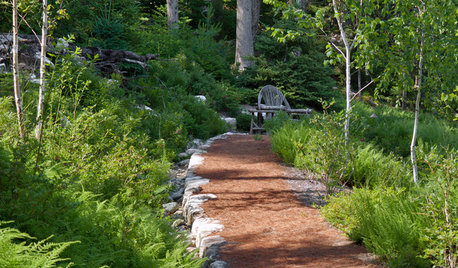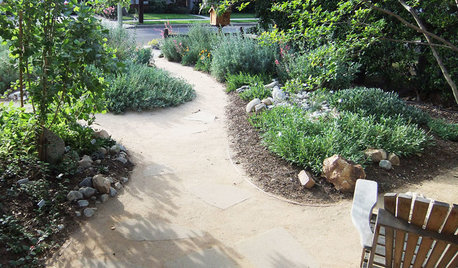What do you know about soil mealybugs?
goddess9
11 years ago
Related Stories

GARDENING GUIDES5 Things to Know About Weeding and Mulching Your Native Garden
What’s the best time to pull weeds? How thick should the mulch be? Here’s the scoop for a healthy landscape
Full Story
WORKING WITH PROSWhat Do Landscape Architects Do?
There are many misconceptions about what landscape architects do. Learn what they bring to a project
Full Story
MATERIALSInsulation Basics: What to Know About Spray Foam
Learn what exactly spray foam is, the pros and cons of using it and why you shouldn’t mess around with installation
Full Story
GARDENING GUIDES5 Things to Know About Watering Your Native Garden
Ensure the success of your new plantings with a smart approach to irrigation
Full Story
MOST POPULARWhat to Know About Adding a Deck
Want to increase your living space outside? Learn the requirements, costs and other considerations for building a deck
Full Story
BUDGETING YOUR PROJECTConstruction Contracts: What to Know About Estimates vs. Bids
Understanding how contractors bill for services can help you keep costs down and your project on track
Full Story
HEALTHY HOMEWhat You Need to Know About Dust and How to Fight It
Breathe easier with these 10 tips for busting mites, dander and other microscopic undesirables
Full Story
CONTRACTOR TIPSBuilding Permits: What to Know About Green Building and Energy Codes
In Part 4 of our series examining the residential permit process, we review typical green building and energy code requirements
Full Story
GARDENING FOR BIRDSWhat to Know About Birds Nesting in Your Yard
Learn how to observe, record data and help ornithologists with NestWatch’s citizen science project understand bird trends
Full Story
GARDENING GUIDESHow to Pick a Mulch — and Why Your Soil Wants It
There's more to topdressing than shredded wood. Learn about mulch types, costs and design considerations here
Full StoryMore Discussions










pirate_girl
goddess9Original Author
Related Professionals
Ballwin Landscape Architects & Landscape Designers · Kapaa Landscape Architects & Landscape Designers · Oconomowoc Landscape Architects & Landscape Designers · Saint Matthews Landscape Architects & Landscape Designers · Seabrook Landscape Architects & Landscape Designers · Zion Landscape Architects & Landscape Designers · Washington Landscape Architects & Landscape Designers · Edmond Landscape Contractors · Battle Ground Landscape Contractors · Dinuba Landscape Contractors · Fridley Landscape Contractors · San Benito Landscape Contractors · Wickliffe Landscape Contractors · New Carrollton Landscape Contractors · Rosaryville Interior Designers & Decoratorscactusmcharris, interior BC Z4/5
birdsnblooms
pirate_girl
goddess9Original Author
rhizo_1 (North AL) zone 7
goddess9Original Author
goddess9Original Author
Horticultural Help
goddess9Original Author
cactusmcharris, interior BC Z4/5
rhizo_1 (North AL) zone 7
birdsnblooms
goddess9Original Author
aseedisapromise
aseedisapromise
rhizo_1 (North AL) zone 7